Image: Oleschwander / Shutterstock.com
Dutch multinational Philips recently found that only 10% of its suppliers complied with all of its sustainability criteria.
The company had adopted a ‘one-size-fits-all’ approach, which meant that some suppliers weren’t being monitored on sustainability criteria frequently enough while a lack of incentives and penalties for non-compliance was stunting progress. The procurement team knew that they needed to switch to a more effective system.
They set about developing a new auditing system, which segments suppliers into four groups – Best In Class, Do It Yourself, Supplier Sustainability Improvement Plan and Zero Tolerance – and allows them to tailor an approach to each organisation.
This new model minimises paperwork for suppliers already committed to sustainability and sets the standard for others to help them catch up.
How it works
Suppliers fill out a self-assessment and provide evidence of policies, procedures and communications before working with Philips. This information is used to give them a score out of 100, which plots them into one of the four segments. These are:
- Best in class For suppliers that score highly and are mature in their approach to sustainability. No further action is required.
- Do it yourself For suppliers with room for improvement that are willing to make changes. These suppliers draw up and execute on improvement plans.
- Supplier sustainability improvement plan – For suppliers with low levels of sustainability maturity, but considerable potential for improvement. Philips works closely with this group, makes site visits and creates detailed plans with measurable KPIs.
- Potential zero tolerance For suppliers that score extremely low and show red flags that are in breach of Philips’ mandatory ethical and environmental regulations. This group provides further evidence to clarify the nature of the problems. If it’s embedded structurally, they must commit to making changes so they can be moved up to another group. If the score remains low, these suppliers are barred from doing business with Philips.
The model divides suppliers according to how commercially important they are to Philips, making it possible to target those with the most potential for improvement and prioritise them.
Is it working?
Yes. Dividing suppliers into these categories has allowed the company to see clearly those suppliers that are high performers, need support or some encouragement.
By focusing on performance and not just spend levels in sustainability, Philips has reinstated sustainability as a valuable opportunity for continuous improvement.





















